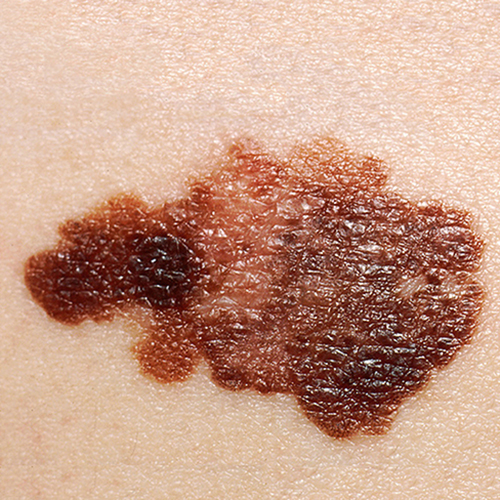
A team of researchers led by Megan M. Eguchi, of the University of California, Los Angeles, David Geffen School of Medicine have examined cancer registry data and found a subset of early-stage melanoma patient with virtually no disease-related death. The research, published recently in the journal Cancer may help clinicians pinpoint those melanoma patients with a low risk of dying after the removal of the cancerous growth.
Although melanoma is the most serious type of skin cancer, most patients have high chances of surviving the disease. There is now evidence that more cases of melanoma are being overdiagnosed in patients who would never experience symptoms.
“[For the study], melanoma patients diagnosed in 2010 and 2011 with stage I lesions ≤1.0 mm thick and negative clinical lymph nodes from the Surveillance, Epidemiology, and End Results database were selected. Classification and regression tree and logistic regression models were developed and validated to identify patients with very-low risk of death from melanoma within seven years. Logistic models were also used to identify patients at higher risk of death among this group of stage I patients,” write the investigators.
“Compared to an overall seven-year mortality from melanoma of two and a half percent in these patients, a subset comprising 25 percent had a risk below one percent. Younger age at diagnosis and Clark level II were associated with low risk of death in all models. Breslow thickness below 0.4 mm, absence of mitogenicity, absence of ulceration, and female sex were also associated with lower mortality. A small subset of high-risk patients with >20 percent risk of death was also identified.
“Patients with very-low risk of dying from melanoma within seven years of diagnosis were identified. Such cases warrant further study and consensus discussion to develop classification criteria, with the potential to be categorized using an alternative term such as ‘melanocytic neoplasms of low malignant potential.’”
The findings show that a subset of melanoma patients with very low risk of death can be identified using a few standard risk factors. It is hoped that this study’s findings can be used as a starting point for future research using additional study designs and variables beyond those available in the SEER database to further improve this classification.
“Given the very low risk of death from melanoma associated with some of the cases identified in this study, and if these findings can be verified and perhaps extended in other studies, the use of a different term such as ‘Melanocytic neoplasm of low malignant potential’ may be more appropriate than that of melanoma, as has been done with some other neoplasms or tumors formerly labeled as cancers,” said David E. Elder, MB, ChB, of the University of Pennsylvania. “Such a term may potentially alleviate people’s concerns related to prognosis and outcomes and begin to address the problem of overdiagnosis.”













